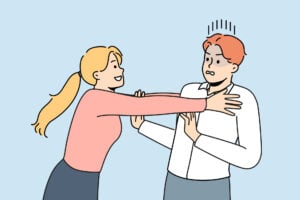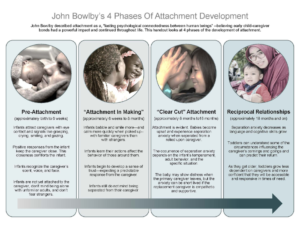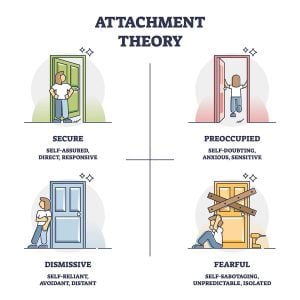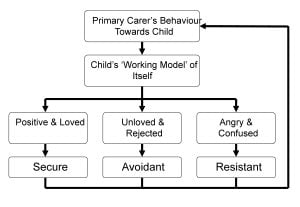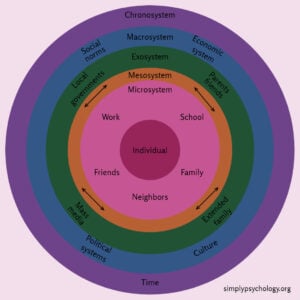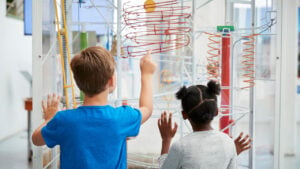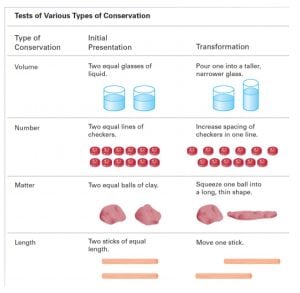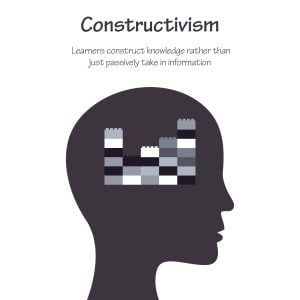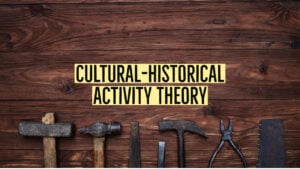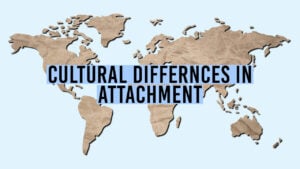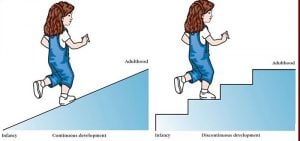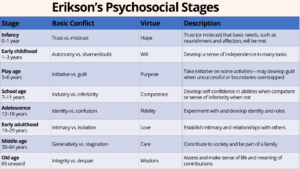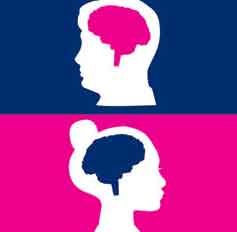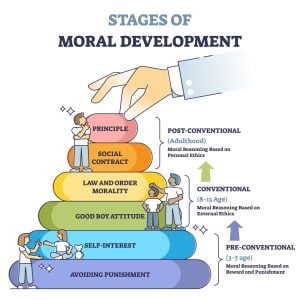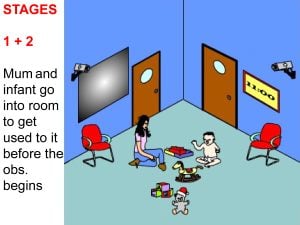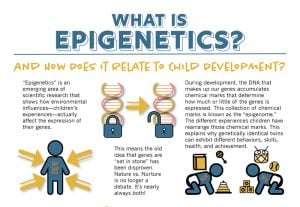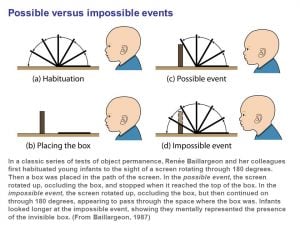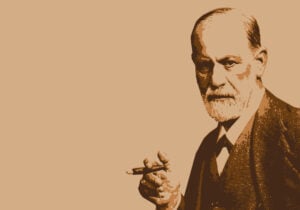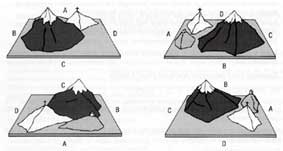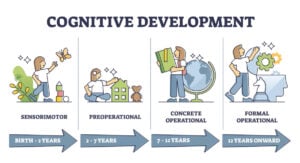Child Psychology
Learn about child psychology, which focuses on the mind and behavior of children from prenatal development through adolescence.
Key Terms
- Schema
- John Bowlby
- Attachment Styles
- Jean Piaget
Schema
A schema is a knowledge structure that allows organisms to interpret and understand the world around them. Schemata are a method of organizing information that allows the brain to work more efficiently. Piaget’s theory of cognitive development put the concept at the forefront of cognitive science. Contemporary conceptions of schema evolved in the 1970s and 1980s.
Learn More: Schema in Psychology: Definition, Theory, & Examples
John Bowlby
Bowlby’s theory of attachment suggests that children come into the world biologically pre-programmed to form attachments with others, because this will help them to survive.
Bowlby’s maternal deprivation hypothesis suggests that continual attachment disruption between the infant and primary caregiver could result in long-term cognitive, social, and emotional difficulties for that infant.
Learn More: John Bowlby Attachment Theory
Attachment Styles
An attachment style describes the way in which people relate to others, based on how secure they feel. Secure attachment is characterised by feelings of trust and safety in relationships. There appears to be continuity between early attachment styles and the quality of later adult romantic relationships.
Learn More: The Different Types of Attachment Styles
Jean Piaget
Jean Piaget's theory of cognitive development suggests that children move through four different stages of intellectual development which reflect the increasing sophistication of children's thoughts. Child development is determined by biological maturation and interaction with the environment.
Learn More: Piaget's Stages of Cognitive Development
Frequent Asked Questions
Developmental psychology is a scientific approach which aims to explain how thinking, feeling, and behavior change throughout a person’s life. A significant proportion of theories within this discipline focus upon development during childhood, as this is the period during an individual’s lifespan when the most change occurs.
Learn More: Developmental Psychology
Sigmund Freud proposed that personality development in childhood takes place during five psychosexual stages, which are the oral, anal, phallic, latency, and genital stages.
During each stage, sexual energy (libido) is expressed in different ways and through different body parts.
Learn More: Freud’s Psychosexual Stages of Development
Object permanence means knowing that an object still exists, even if it is hidden. It requires the ability to form a mental representation (i.e. a schema) of the object.
The attainment of object permanence generally signals the transition from the sensorimotor stage to the preoperational stage of development.
Learn More: What Is Object Permanence According To Piaget?
